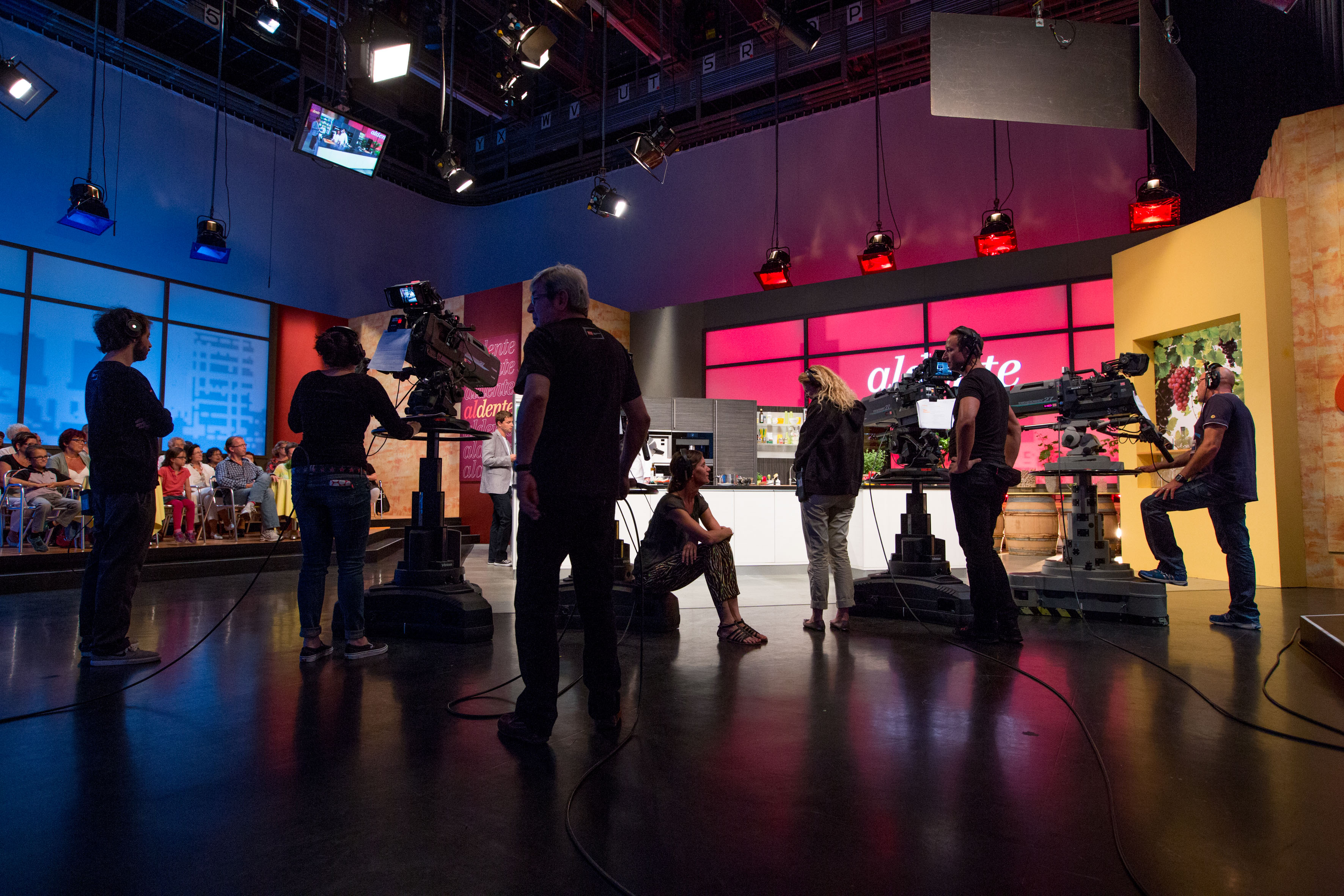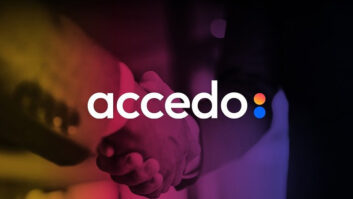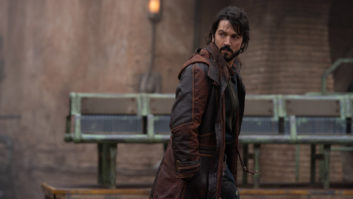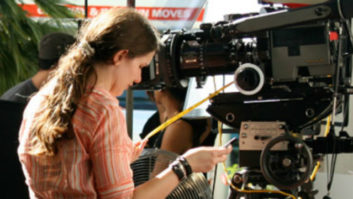
The Swiss public broadcaster SRG SSR is unlike most other public broadcasting groups in Europe as it delivers programmes to three different language-speaking audiences, and which are all fairly small by other countries’ standards. There are two channels devoted to each different language speaking region: RTS1 and RTS2 for the French, SRF1 and SRF2 for the German and RSI 1 and RSI2 for the Italian speaking viewers.
Despite these constraints related to fragmented audiences, SRG SSR, which is financed in part by advertising revenue and in part by a licence fee, has a sizeable global budget of more than SFR2 billion (£1.65 million). Unlike most public broadcasters in Europe, it also has the rights to most of the big sporting competitions, which its airs in full to its audience: examples include most of the Champion’s League football games, Euro 2016, the football World Cup in 2014, and Grand Slam tennis tournaments like Wimbledon. According to Swiss press reports, the broadcaster devotes around 12 to 13 per cent of its global budget to sport (that includes rights, production as well as technical costs and salaries). It therefore should have the means to upgrade to UHD technology, especially where live sports are concerned. But according to RTS CTO Valère Borruat, the group is not about to throw caution to the wind just yet: “We have outlined a global strategy to move from HD to UHD, which takes into account that we started getting equipped with HD kit as early as 2009, that we first went live with an HD signal in 2012, and that we completed our HD News Studio in 2014. Bearing that in mind, we are planning to gradually switch over to UHD from 2019 to 2024. We estimate that our HD kit has a ten-year lifespan and as a public broadcaster we do not have any commercial obligation to go down the UHD route faster than that,” he explains.
The broadcaster established a road map for which type of programmes should be making the upgrade to UHD first. “Clearly live sport will be one of the first of our outputs that will switch to 4K, another priority is TV drama as well as some high-end documentaries, made for our flagship Temps Présent programme, for instance. News will probably be the last area to make the switchover.”
Testing, testing
The company has, however, started trialling UHD technology, most notably for capture. “We have been testing Sony’s FS7 camera, for instance. It is well suited to shoot documentaries and we have been testing it on some of the content made for our Passe-moi tes jumelles wild life programme. We are at the beginning of that process and can’t really give much feedback on what we think of it yet. Our first aim is to test capture but also editing and colour correction,” Borruat describes.
The broadcaster also made a first multi-camera test together with Sony and the Montreux Jazz festival in 2014. “It was a simplified workflow for which we recorded each of the four F55 Sony cameras separately, without any vision mixing and edited the result in post-production,” he indicates.
The test was not made in a live situation, Borruat explains, because “Sony’s F55 cameras are designed for drama and not really adapted to live captation.”
The aim of the test was to see how UHD worked in a low lighting situation, as you would find in smoke filled concert rooms. The goal was to eventually prepare the switch to 4K around the Montreux Jazz Festival, which is one of the most illustrious music festivals out there, shown by many other broadcasters the world over. The results were quite positive: “We found the image was more detailed, which is something you would expect, but we were surprised, to some degree, to see that the rendered result was enriched by a much wider colour range than HD and that 4K generally responded well to the changes in lighting. These good results were obtained without any HDR. However, one of the drawbacks was the lack of depth of field resulting from the low light situation,” Borruat details.
One of the areas the group is keen for technology to progress faster is IP. “To agree on the right transport protocols would be a major step: ideally, we would want IP networks to be up and running before we make the change over to UHD because it would greatly simplify things,” he indicates.
VR experimentation
Like most other broadcasters in Europe, the group has also been testing 360-degree technology. “At the moment we are trialling a few things in partnership with our multimedia department, mostly content that you can download on your phone or tablet. But there are many issues to grapple with, one of them being the storytelling itself: we have to invent a new way of doing that; How and where do you place the camera, what happens when the viewer turns his head round or if he wants to walks around,” he lists.
The group has been looking at Nokia’s OZO 360-degree camera, for instance, as well as others out there. “Things are happening quite fast on the camera front, there is clearly a new demand for them,” he admits.
Microsoft’s HoloLens system also generated a lot of interest. “From what I understand, HoloLens enables you to move around in a sort of referenced universe. This is a great step, in my view, because it allows one to overcome one of the big problems with 360-degree technology, which is how to free yourself from the camera viewpoint when you take part in an immersive experience. With HoloLens, you are not limited in that way and you can access a form of augmented reality in real time. But we have no plans to use such a technology as of yet.”







